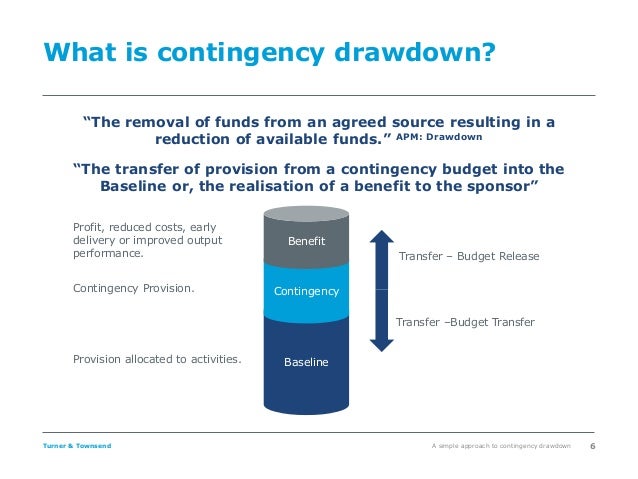

Scenario 1: 50 percent of people adopt a plant-rich diet by 2050.Linear growth trends were chosen because of the lack of country or regional data additional behavioral research at more granular scales can reveal more representative adoption estimates. It takes projected regional data and optimizes it according to a number of nutritional studies to create a “healthy” diet.Īdoption scenarios in this model grow linearly over time starting from the base year of 2014, and are considered “complete” in 2050. The caloric breakdown comes from Bajželj et al. purchasing locally produced food when possible (a 5 percent localization factor is applied globally).consuming reduced quantities of animal-based protein (particularly red meat, which is constrained to 57 grams per day).To meet our definition of plant-rich, a diet must include: We calculated impacts of increased adoption of the Plant-Rich Diets solution from 2020 to 2050 by comparing two growth scenarios with a reference scenario in which the food demand reflects future “business-as-usual” dietary changes based on projected regional growth factors (Alexandratos et al., 2012). The projected dietary changes show significant impacts for countries such as India and China, where people are expected to demand more carbon-intensive foods over the next 30 years. (2012), which reflect projected dietary changes. We forecast future consumption using growth factors from Alexandratos et al. We projected the baseline food consumption for all countries up to 2060 in kilocalories per capita per year, using data compiled by the Food and Agriculture Organization (FAO) for 2013. We defined the global market for the Plant-Rich Diets solution as the total human demand for food based on estimated kilocalories supplied per year for consumption. This was required due to the complexity of estimating country- and regional-scale food consumption and waste trends. To evaluate the impact of a plant-rich diet, we created an independent model outside our core model framework that projects food consumption and waste from 2020 to 2050. Also critical: ending price-distorting government subsidies so the prices of animal protein more accurately reflect their true cost. Plant-based options must be available, visible, and enticing. Moreover, the burden of change seems highly equitable and implementable, because developing nations already consume fewer calories and do not need to shift their diets much, whereas developed nations need to address issues such as obesity.īringing about dietary change is not simple because eating is personal and cultural, but promising strategies abound. In terms of cost, the solution appears to yield significant savings at the individual level, and indirectly at the national level through lower health-care costs. This solution replaces projected dietary trends. Project Drawdown’s Plant-Rich Diets solution involves the individual choice to 1) maintain a 2,300-calorie-per-day nutritional regime 2) meet daily protein requirements while decreasing meat consumption in favor of plant-based food items and 3) purchase locally produced food when available. A plant-rich diet can be adopted incrementally with small behavioral changes that together lead to globally significant reductions in greenhouse gas emissions.

They also tend to be healthier than animal-rich diets. Plant-rich diets hold enormous potential for climate change mitigation if adopted on a global scale.


 0 kommentar(er)
0 kommentar(er)
